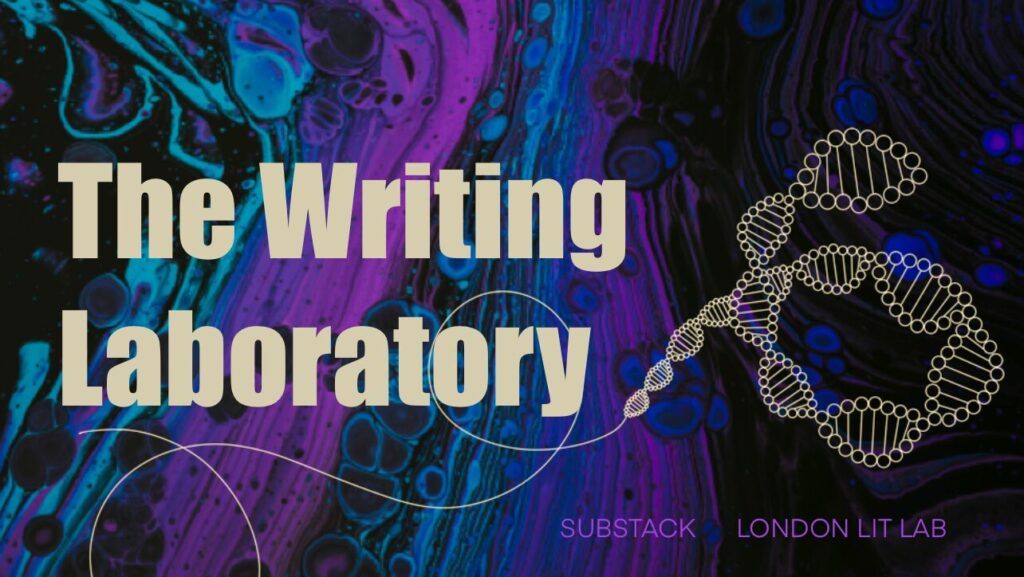Tip
All good writing has a tension to it. Something that is thought to be known against something that is yet to be discovered. A question, a burning compulsion to resolve something can often be enough of a tension. Then the words and sentences that follow, propelled by the author’s intention and curiosity, will create the plot, the interrogation, and an attempt to resolve this conflict.
Essayist Phillip Lopate writes in his brilliant book, To Show and to Tell: ‘Without conflict, your essay will drift into static mode, repeating your initial observation in a self-satisfied way. What gives an essay dynamism is the need to work out some problem, especially a problem that is not easily resolved.’
Exercise
Think of something that happened to you as a child, and the story that you and your family have narrated around this happening. What if this narration is actually not your story but your mother’s, or your brother’s. Try to imagine the same scene again with hindsight and all that you now know. Sometimes it’s difficult to challenge the status quo – to ask the question: is that actually the truth, or just the story we had to tell ourselves in defence of that truth? And sometimes what was true 20 years ago, needs to be revisited today.
This tip is from Lily Dunn, and is a taster of the kind of material included in her online course Creative Nonfiction: Compelling Memoir.

